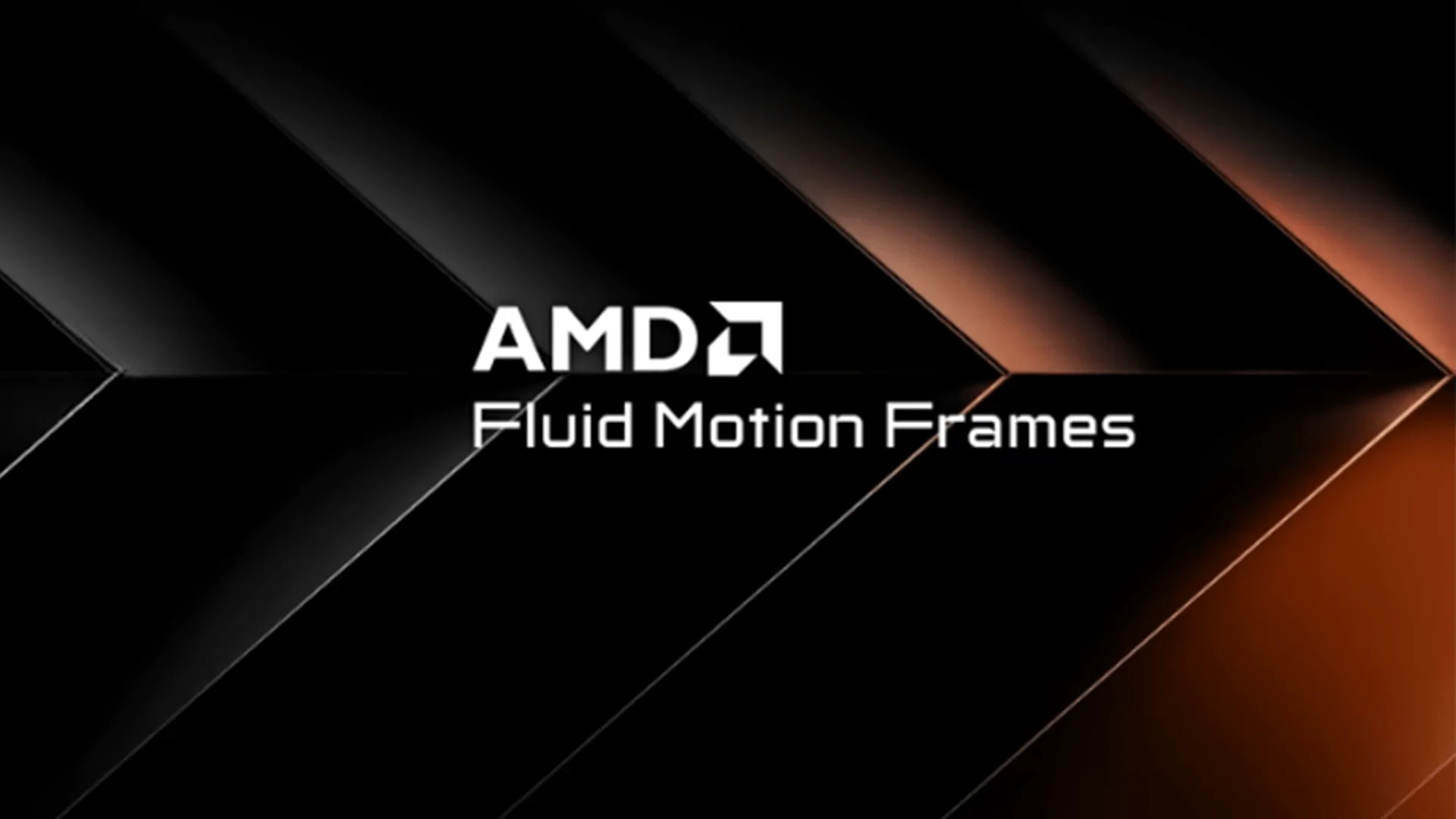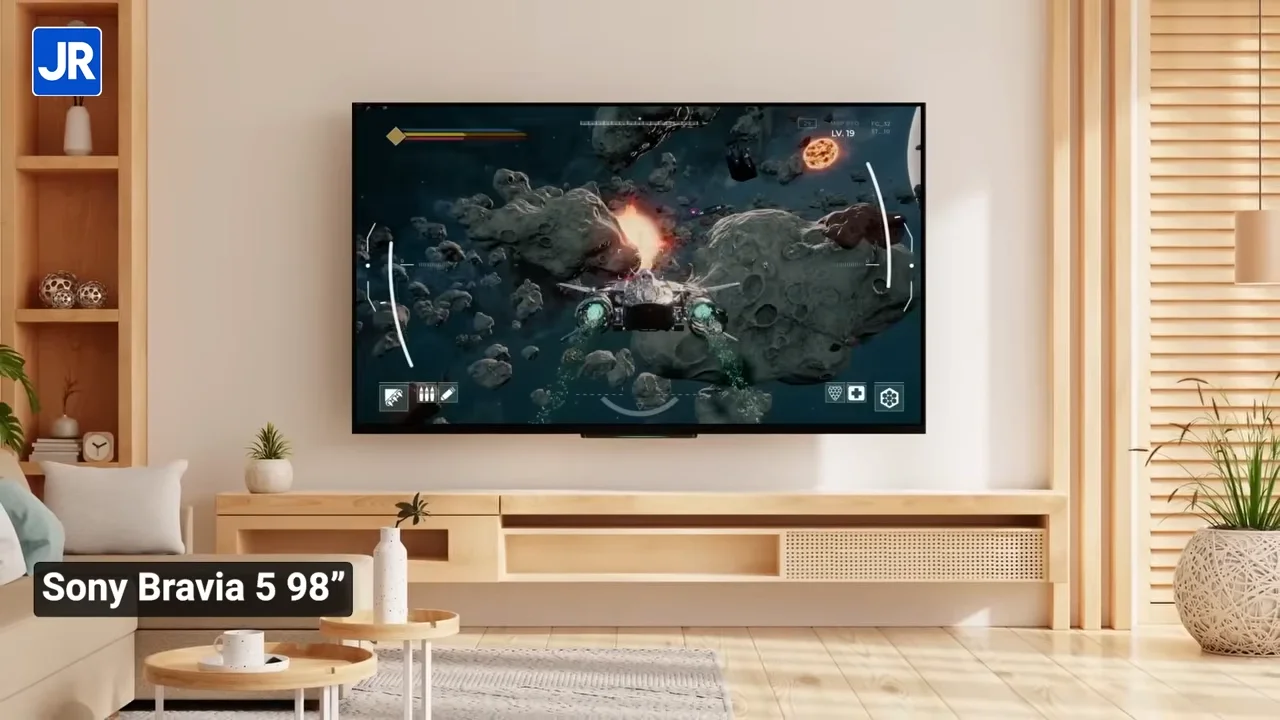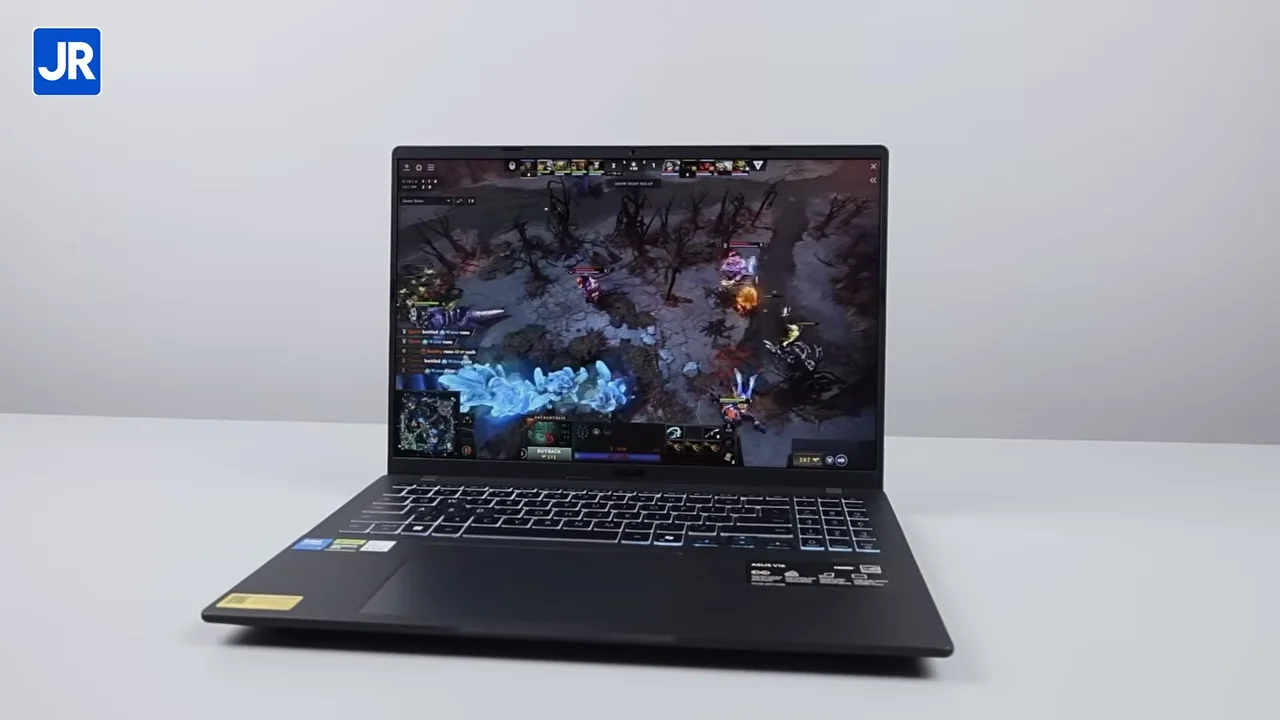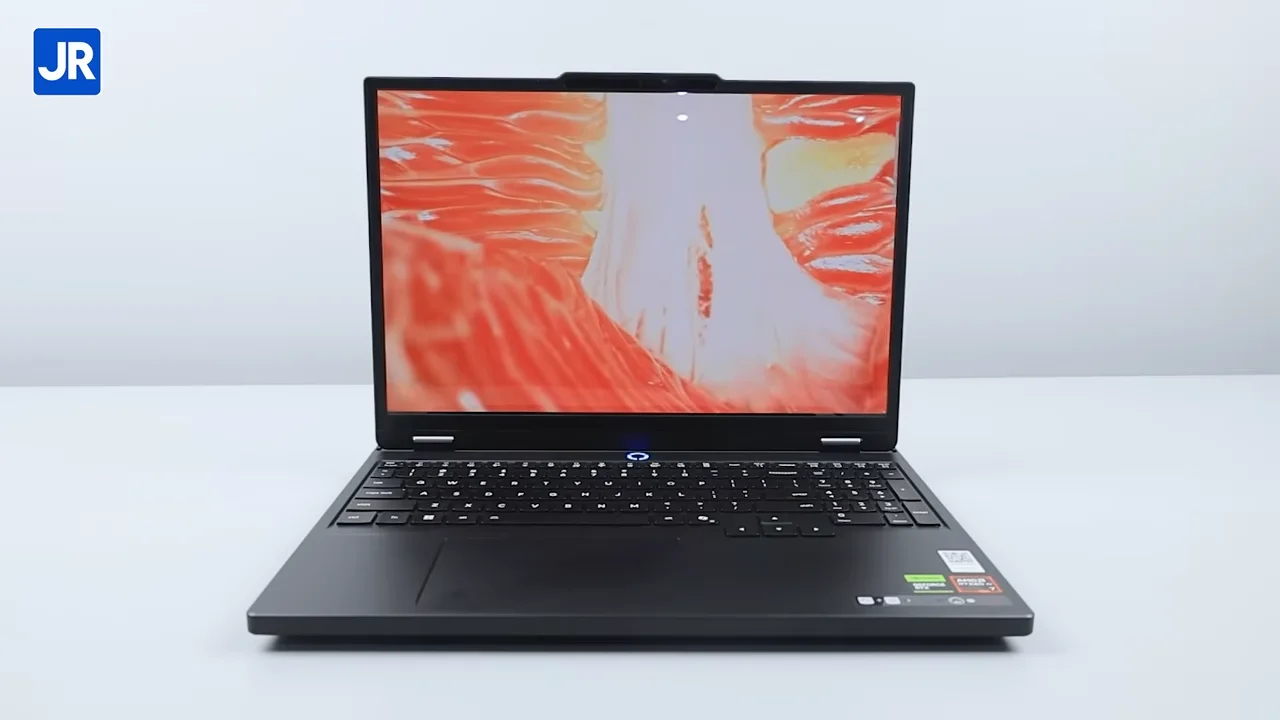Overclocking the GeForce GTX 590
Conclusions
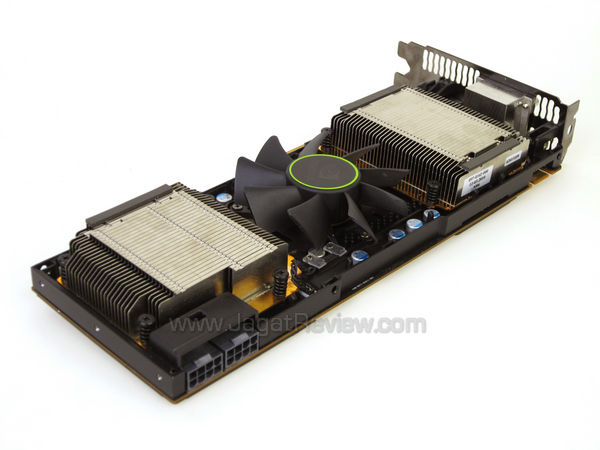
Despite its double-GPU configuration, overclocking the GTX 590 feels similar to overclocking any other graphics card with a single-GPU. The overclocking tool increases the operating frequency of both GPUs simultaneously to the desired value. We did notice that the whole process is a bit difficult though.
To avoid damaging the expensive card, we decided to keep voltage increase at a modest level and managed to exert 135 additional MHz from each GPU. Without increasing the voltage, we could still raise the core clock from 607 to 661 MHz.
That said, we advise GTX 590 owners not to increase voltage when overclocking the card. The frequency increase is not worth the risk, in our opinion. By increasing the core frequency to 661 MHz (the highest overclock we managed to do with the stock voltage), the GTX 590 should be able to keep up with a pair of GTX 570 in SLI and the AMD Radeon HD 6990.
If you’re willing to risk permanent damage to your precious GTX 590, increasing the core and memory clock to 742 MHz and 3600 MHz respectively could get you a nice 16% performance improvement. The GTX 590 has some untapped power lying within, but you need to be careful in extracting that potential.







